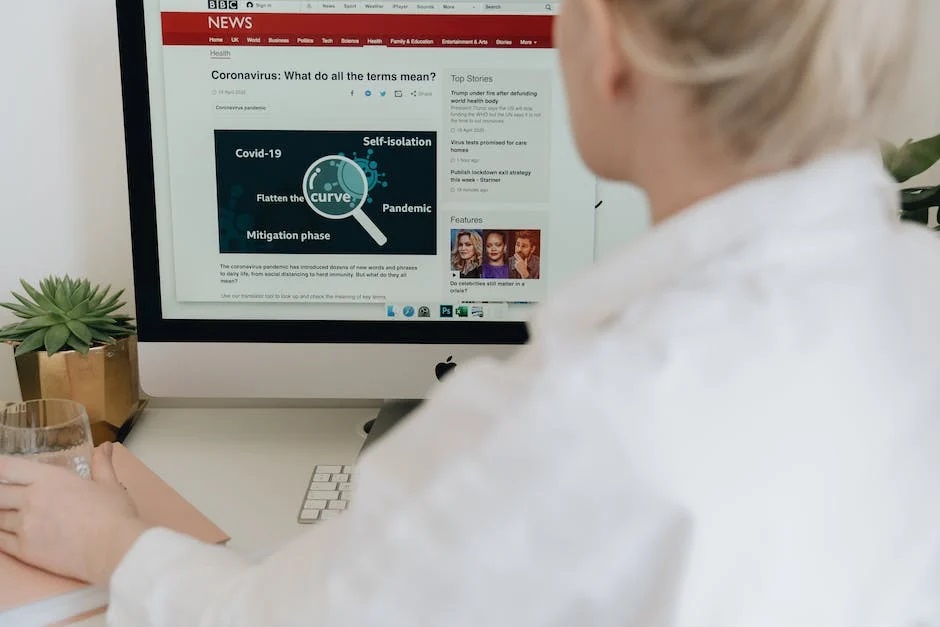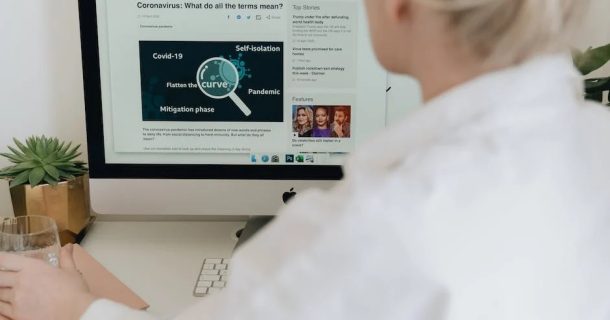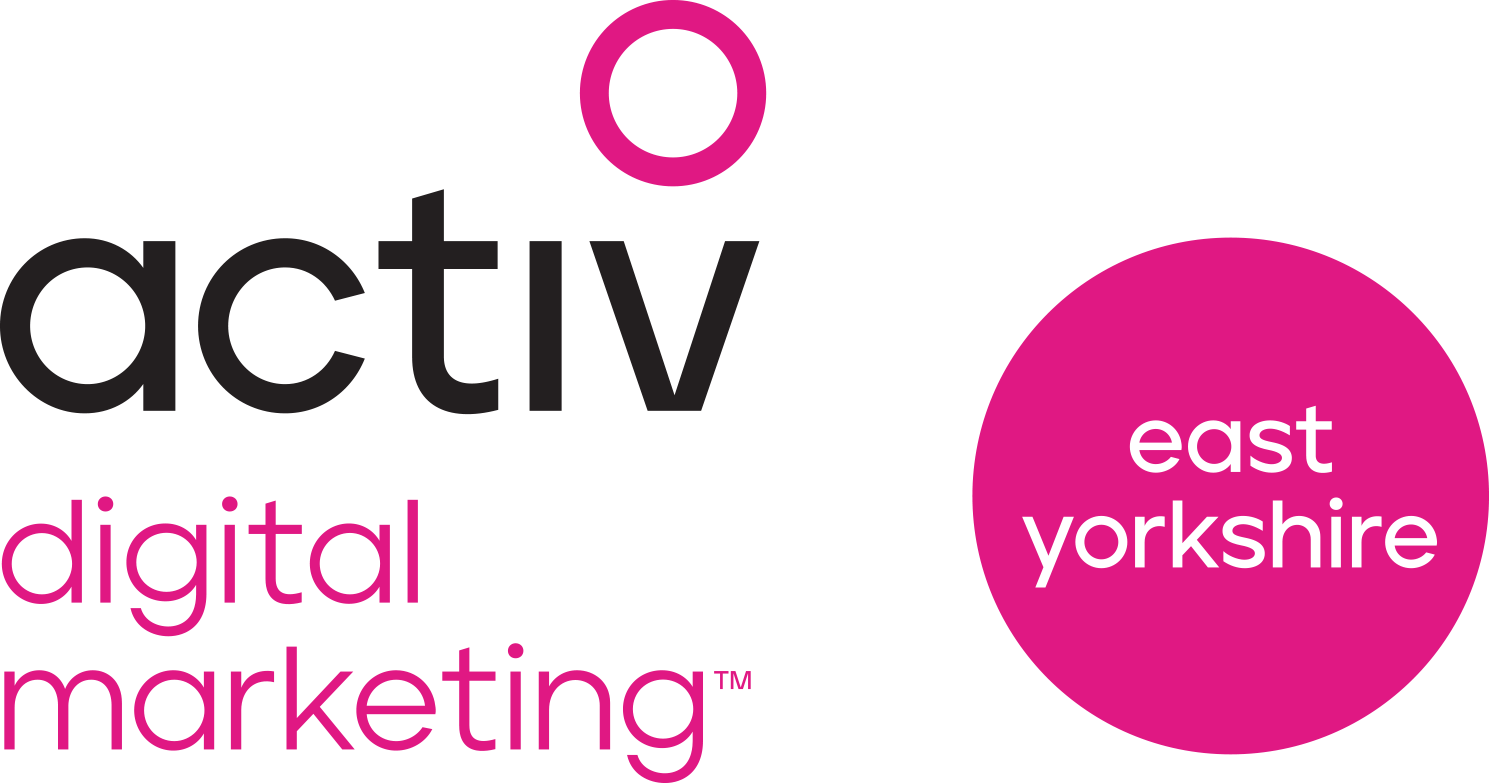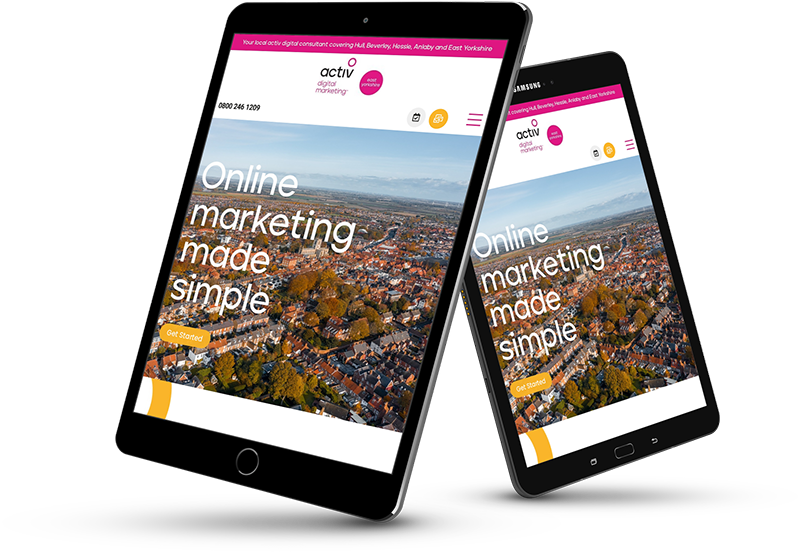Although linking to external websites is important so to is internal linking. Internal linking is the process of linking your own website pages to other pages or content within your own website.
One of the most important ways to develop your site’s online presence is creating internal links. These are links within your site that reference content in another area or piece of material.
Internal links are simply references to other pages within your site or sites outside of yours. For example, if your site is about fashion, you could link directly from your style page to another page that discusses colours for clothing. These external links contribute to the overall quality of your site by helping people find more information related to their initial search.
External links also help drive traffic back to your site because they provide direct navigation to similar content. Having many strong internal and external links can boost your online presence and popularity. But just like with any other part of your business, there are best practices for linking and linking strategies that work for different situations.
Benefits of internal linking
- It helps users to navigate your website and find other content on your site, this can help bounce rates and keep your visitors interested whilst exposing other products and services that may be of interest to them.
- It distributes your “link equity” (the value of a link determined by the search engine) by implementing internal linking you can help improve the ranking of those pages.
- It helps search engines crawl and understand your website structure, this can improve the ranking and visibility of your pages by the search engine.

How to Optimise the links
- Make sure the links have meaningful anchor text – this helps search engines to understand the content of the link.
- Links should be relevant – An important consideration when implementing internal linking is the relevance as this can help visibility and ranking.
- Use “Dofollow” and “Nofollow” – “Dofollow” links are designed to pass link equity to the linked page, whilst “Nofollow” links don’t. It is important to think about this before starting as it allows you to distribute link equity more evenly.
Internal links help search engines determine what content within your site is relevant to a given keyword or keywords. By adding more quality content, you increase the chance that a reader will click on that content to learn more about a topic.
Internal linking needs to be well thought out before you start, just linking everything will inhibit your SEO efforts rather than improving them, however, it is a strategy that is well worth the effort.
Have you seen the related article on our Blog “Keyword Metrics Explained”
We hope you have found his article useful, if you have and you would like to see more visit
Book a FREE Meeting
If you would like a 30 minute meeting to discuss your project (Phone, Face-to-face or Zoom)



